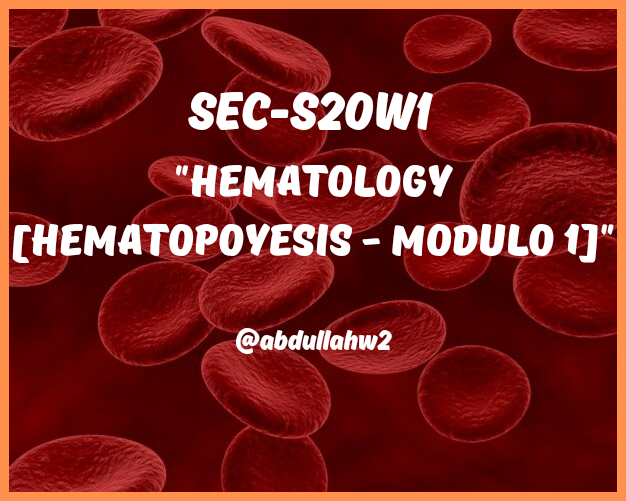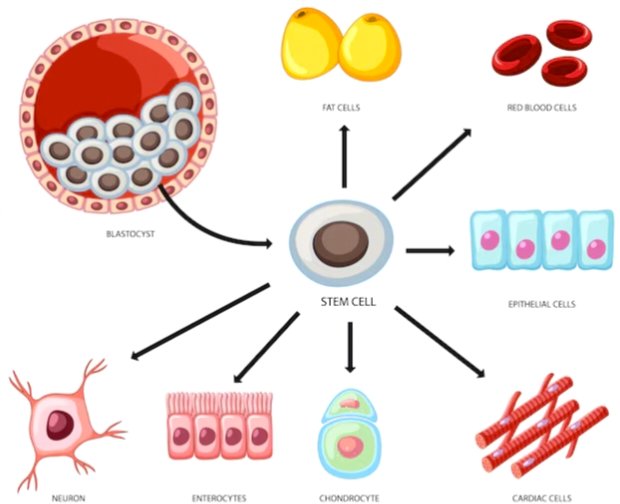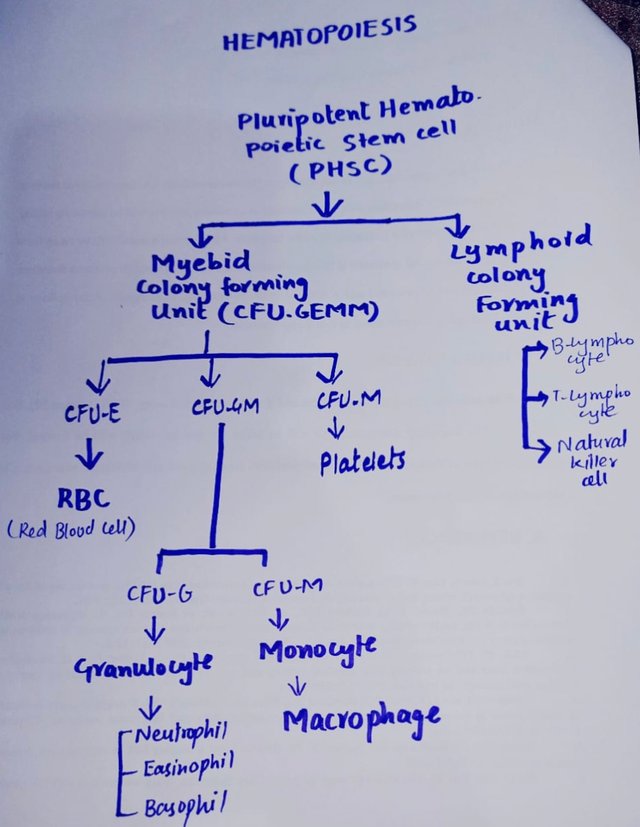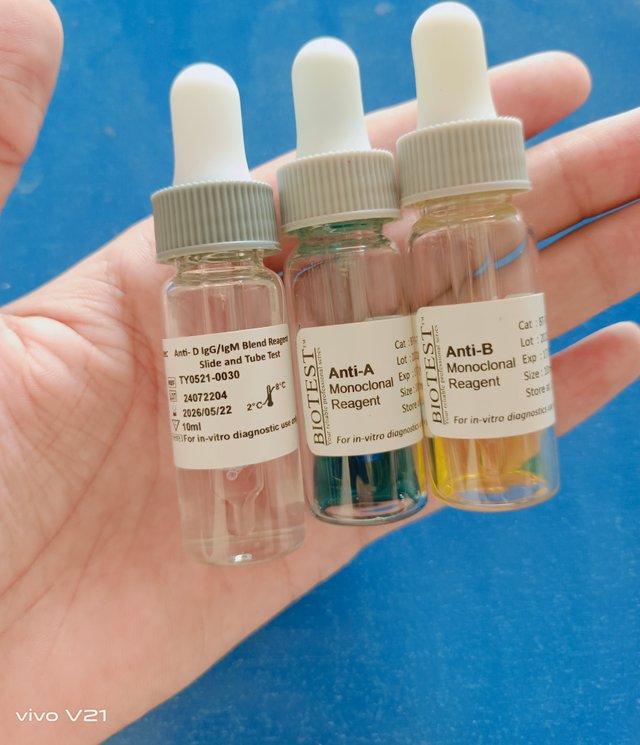SEC S20W1 || Hematology [Hematopoiesis - Module 1]
Assalam O Alaikum |
|---|
Hello dear friends! Welcome to my post. How are you all? I hope you will be doing well by the grace of Almighty Allah. I'm also fine and enjoying my day. Today I'm here to participate in this Steemit engagement challenge season 20 week 1 organized by @dexsyluz and @aaliarubab. The topic of this challenge is about "Hematopoiesis - Module 1". So let's start the task without any more delay of time.

Anatomy and function of hematopoietic organs |
|---|
The process through which our body manufacture new blood cells including the red blood cells, white blood cells and plasma etc are known as hematopoiesis. It is very important process occurs in our body the because the blood has a major role in the supply of oxygen in different parts of body. The organs which are responsible for that process is known as hematopoietic organs and these organs are the bone marrow, spleen, thymus and lymph nodes. So let's have a look at the anatomy and functions of hematopoietic organs;

1. Bone Marrow:
Bone marrow is one of the most important organ of hematopoietic system, present in the hollow interior of bones. The bone marrow is found in the long bones like pelvis, ribs and sternum etc. The bone marrow plays a vital role in the production of red blood cells, white blood cells and platelets. There are two types of bone marrow, the one is red bone marrow and the other the green bone marrow. They both take a part in hematopoietic process.
2. Spleen;
Spleen is another organ which is a part of hematopoietic stem and it is present in the beneath of rib cage and the upper part of abdomen. The main function of spleen is to filter the the blood. Also it removes damaged red blood cells from the blood stream, in this way, we can say that the spleen make the blood stream clean from the damaged red blood cells and make it more neat.
3. Thymus:
Thymus is present in ribs area at the upper part of heart and the thymus is responsible for the maturation of T cells which are produced in the bone marrow and then transferred to the thymus. Then the thymus plays his role in the selection of mature cells as the immature cells can't pass but the mature cells can pass through the thymus easily.
4. Lymph Nodes:
Lymph nodes also has a crucial role in the hematopoietic system because they are responsible for the filtration of fluid which contains red blood cells and white blood cells. The lymph nodes are spread throughout the whole human body in the form of a web and they make the blood cells mature to make the immune system more strong.
5. Liver:
Liver is the second largest organ present in the human body which plays a vital role in maintaining the human health as it takes a part in different processes like the filtration of blood, removal of toxins and help in digestion. It is present at the upper side of abdomen and near the stomach. Also it boosts the metabolism and stores different vitamins and minerals within the human body.
Medullary Hematopoiesis vs Extramedullary Hematopoiesis |
|---|
| Medullary Hematopoiesis | Extramedullary Hematopoiesis |
|---|---|
| 1. The hematopoiesis occurs inside the bone marrow is called the medullary hematopoiesis. | 1. The hematopoiesis occurs outside the bone marrow is known as Extramedullary Hematopoiesis. |
| 2. It occurs inside the bone marrow of long bones like pelvis, ribs and sternum. | 2. It occurs outside the bone marrow, in the organs like spleen, thymus and liver. |
| 3. It is always normal in adults. | 3. It can be abnormal in adults but normal in fetus. |
| 4. In that process, hematopoietic cells are the main components which differentiate the stem cells into red blood cells, white blood cells and platelets etc. | 4. In that process, when the bone marrow remain unable to produce blood cells, the other organs like spleen, thymus, and liver etc play their roles in the production of blood cells. |
| 5. The diseases like aplastic anemia and cancer affect the production of blood cells. | 5. The diseases like thalassemia and anemia affect the organs which produces blood cells. |
Make a diagram of Hematopoiesis and explain it in your own words. |
|---|

The formation of blood cells starts from the pluripotent hematopoietic stem cell (PHSC) which can further divides into different parts. So it divides into two primary lineages including the; Myeloid colony and lymphoid colony. The blood forming units of myeloid colony is CFUE and GMM. In them, the CFUE is responsible for the production of red blood cells while the GMM is responsible for the production of platelets.
The CFU GM further splits into two parts the one is granulocytes, monocytes and microphages. They all have a specific role in the production of blood cells and making the immune system more strong against the infections and allergies. The granulocytes further splits into three types neutrophils, basophils and eosinophils. On the other side, the lymphoid colony has three units, b- lymphosytes, T- lymphocytes and natural killer.
Clinical Case: In your opinion, what are the reasons for significant blood loss? |
|---|
In that case, the one of the major reason of blood lose in bruises on the skin of that person who had a car accident. This is because, often the bruises during injuries lead towards a huge loss of blood which create a lot of complications for the person.
Secondly, the other reason of significant blood lose in broken femur because, it is one of the longest bone in human body so, if the femur of one's person has been broken, it means that a huge loss of blood occured.
Who would be an ideal person to donate blood to? |
|---|
The blood donations can be critical for both donor and for acceptor because many complications can be Created for both. So the following should be an ideal person who can donate blood to anyone:

1. Health:
- The donor must be a healthy person, free from any of disease, infections and other diseases like aids, HIV etc.
2. Age & HB level:
- The age of donor must between 17-60 and a health. Also he should have a normal hemoglobin level between 12-14 g/dl.
3. Same blood groups:
- The blood group of both of donor and accepter must be same instead of O- positive because it is a universal donor.
4. Free from bad habits:
- The donor must be free from bad habits like smoking, drinking and alcohol consumption because it can affect the acceptor.

So friends, that was my entry about that topic and I hope you will enjoy reading it. Now it is a time to say goodbye to everyone and I want to invite my friends @neelofar, @arinaz08 and @jyoti-thelight to take a part in this amazing contest.


Upvoted. Thank You for sending some of your rewards to @null. It will make Steem stronger.
You have explained everything very well. I am glad to see that you have examined everything thoroughly and gained knowledge about it and then described it here. So it's a good thing that we got a chance to know so much. We and you like the creative variety very much. Your presentation was also good and I hope you get more progress and I wish you the best of luck for the competition